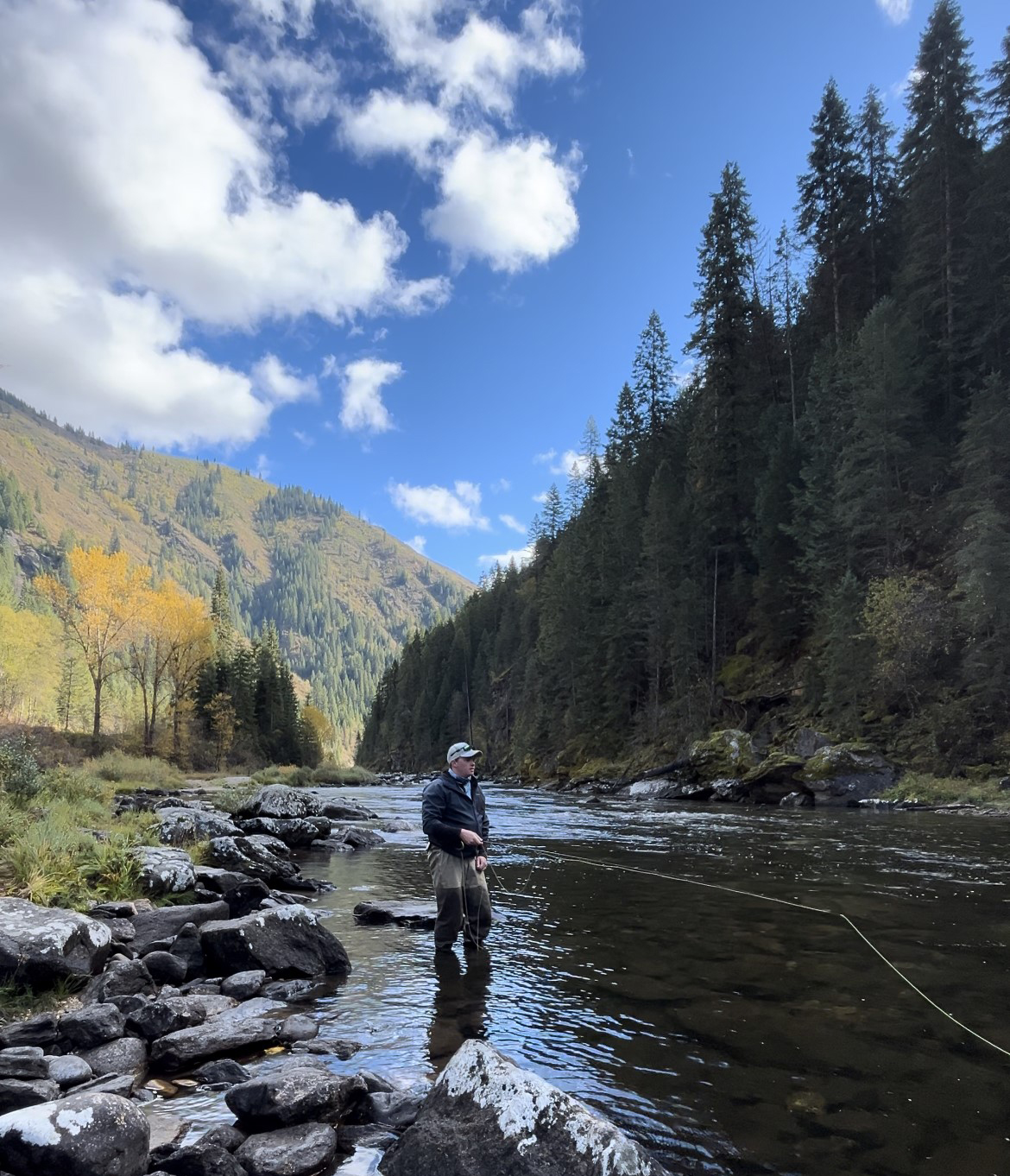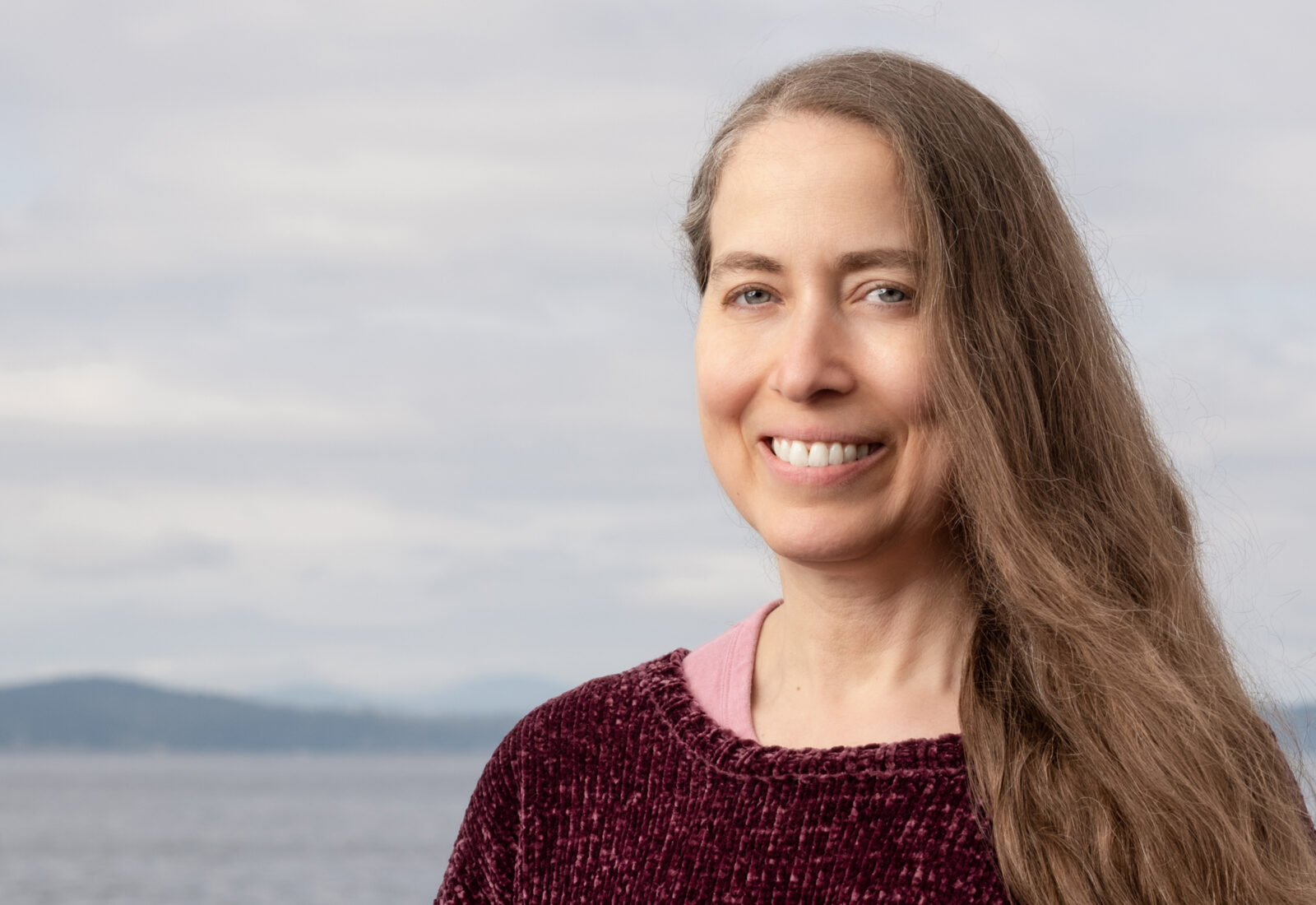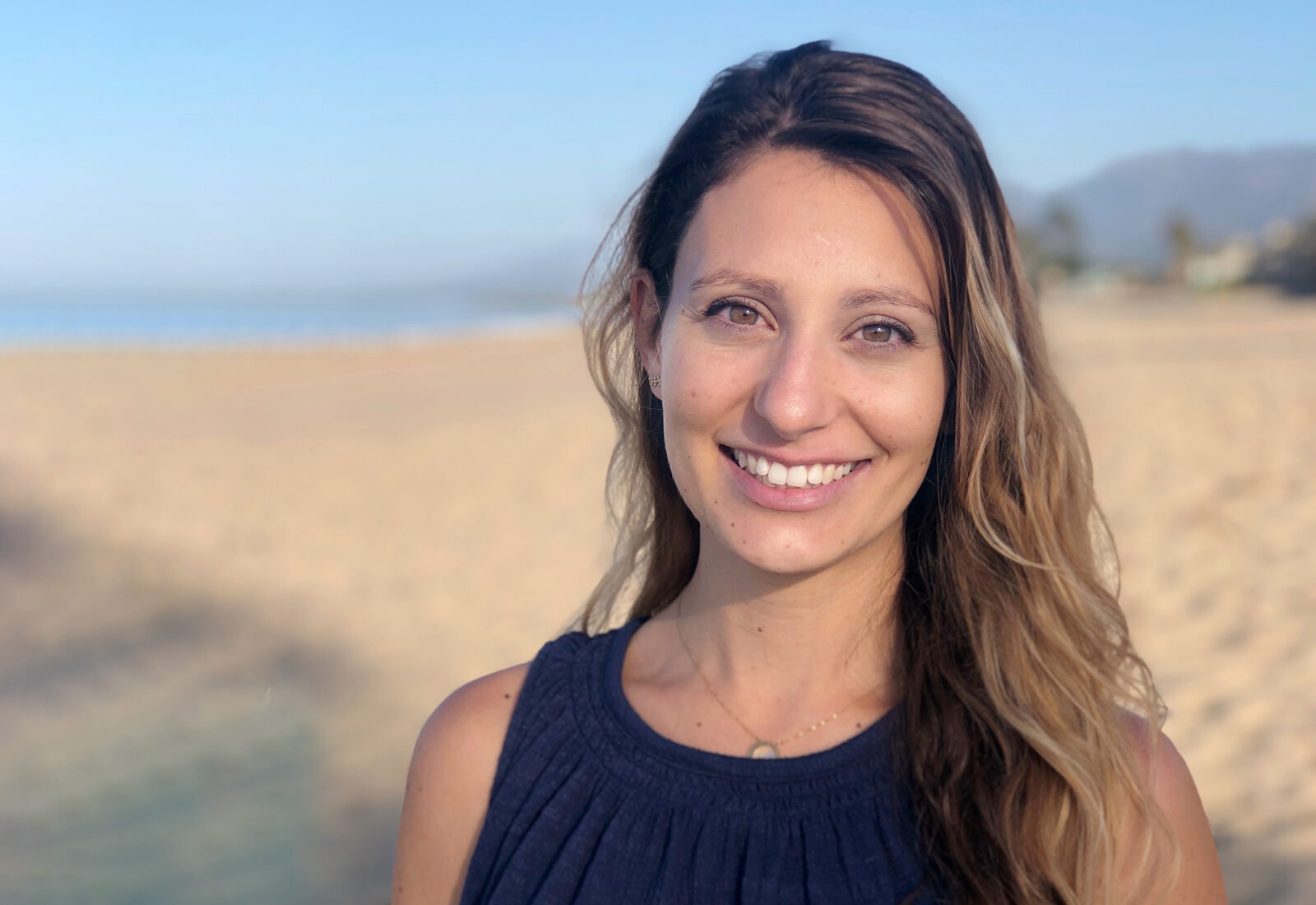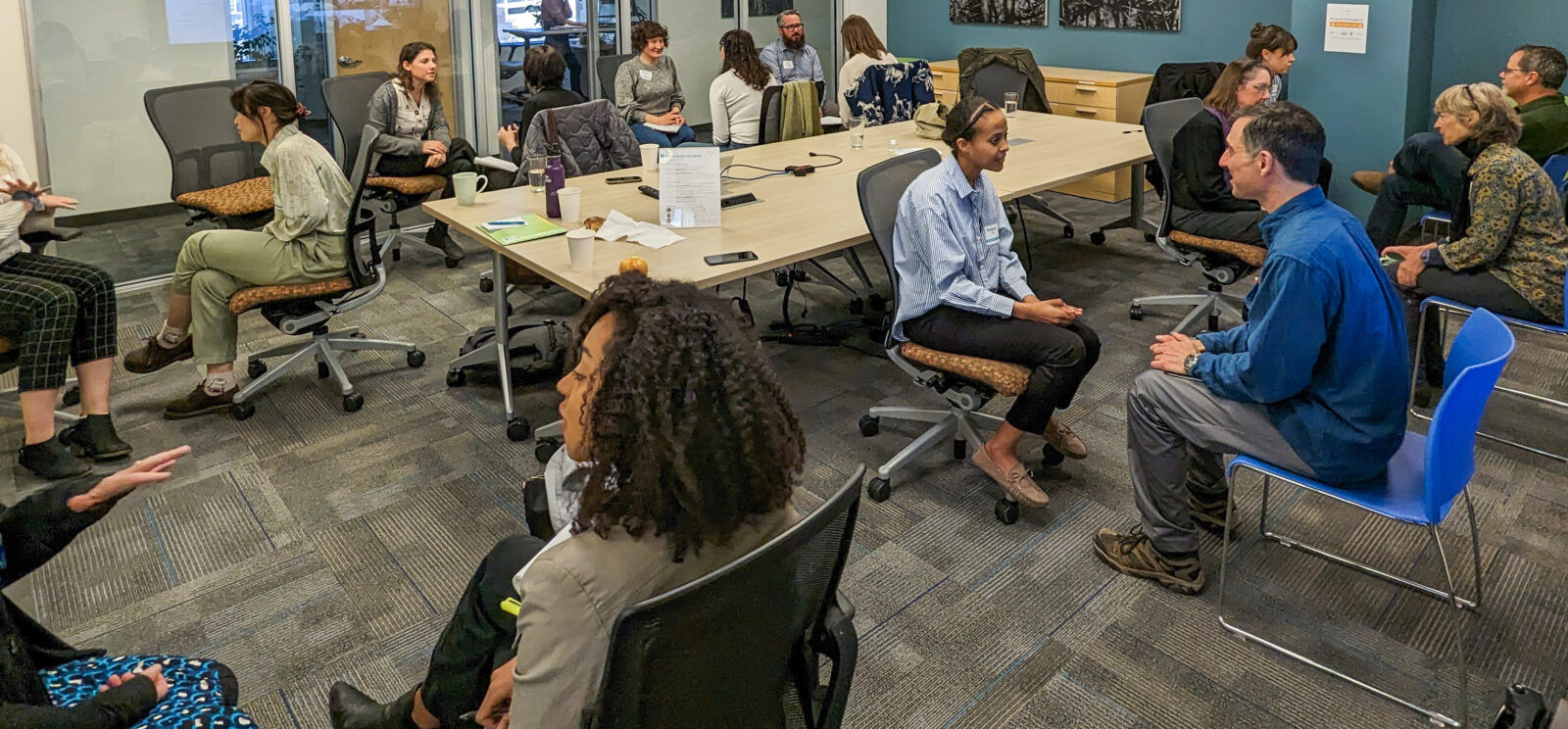What is your favorite ESA moment/memory so far?
Getting to survey creosote treated piles in the San Juan Islands by boat last summer. I had been to the San Juans once as a kid as part of a summer vacation, and this project felt like a continuation of the vacation while getting paid.
What keeps you coming to work here at ESA every day?
The people. We are fortunate to work on several interesting fish passage and habitat restoration projects, but it’s the people you work with that stands out the most.
What’s your favorite thing to do when you are out of the office?
I have been obsessed with fishing since I was a kid and am always looking forward to my next trip, whether that’s something local near Seattle or going on a road trip into the Idaho backcountry last year.
If you had one free hour each day, how would you use it?
I always try to go to the gym after work or go for a walk during the day.
What are three skills that you bring to the ESA team? In other words, what should colleagues know to reach out to you about?
- Anything fish or fish adjacent! Work related or personal.
- Field Equipment in the NW Office- I keep track of the BR Group’s field equipment and like to know where our gear is when we get busy
- I’m a licensed boat operator and am always looking for new boat-based survey opportunities
Describe your role at ESA and the type of work you do.
I’m primarily a fisheries biologist with a little cross-training in wildlife. In the northwest a lot of our projects tie back to fish passage, which involves identifying barriers to anadromous fish (culvert crossings which are undersized and blocking fish from migrating), and replacing the barrier with a fish friendly design. When these projects go to construction many need to operate heavy equipment in the stream, and we are responsible for isolating the work area and removing/relocating fish before work starts.
What’s been your favorite project to work on here at ESA and what impact did it have on the community and/or environment?
My favorite ongoing project is the fisheries monitoring at the Port of Seattle Terminal 117 Estuary Restoration Project on the Lower Duwamish River. During the spring we set a fyke net across the mouth of the restored estuary to capture juvenile Chinook salmon before they migrate to Puget Sound. The Port’s video and communication group filmed one of our sampling days and posted the video to their YouTube channel for education/outreach.








